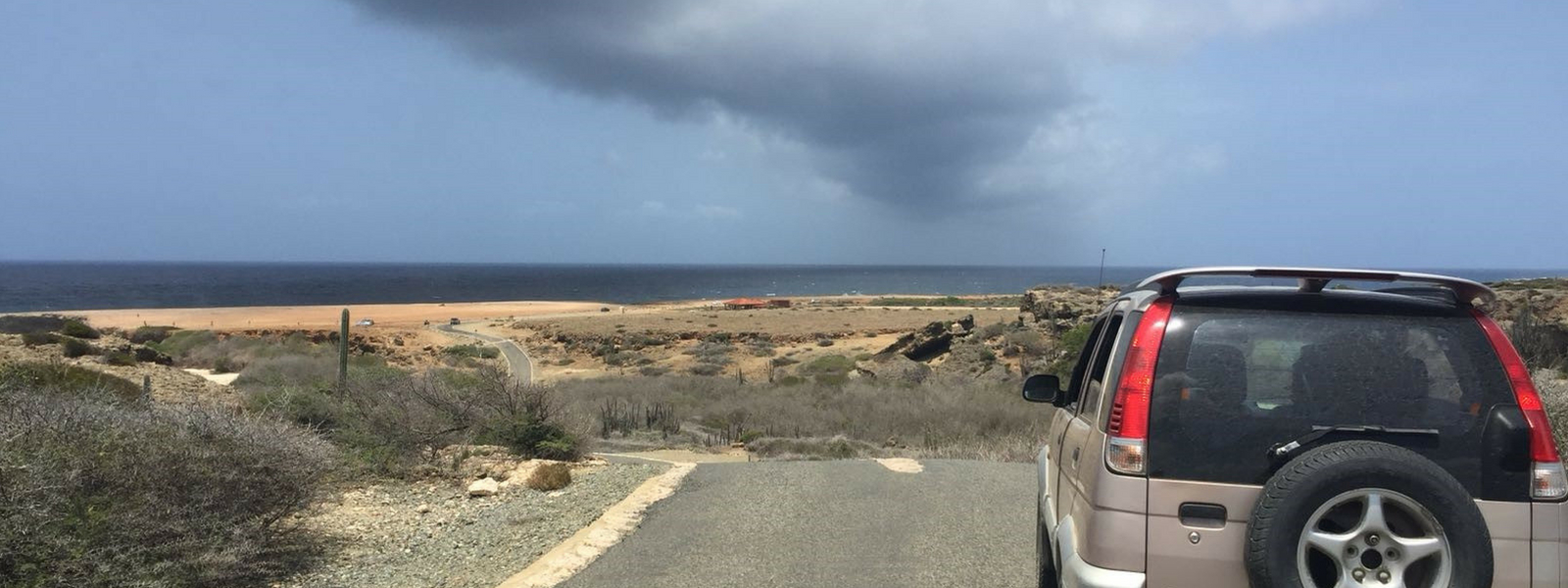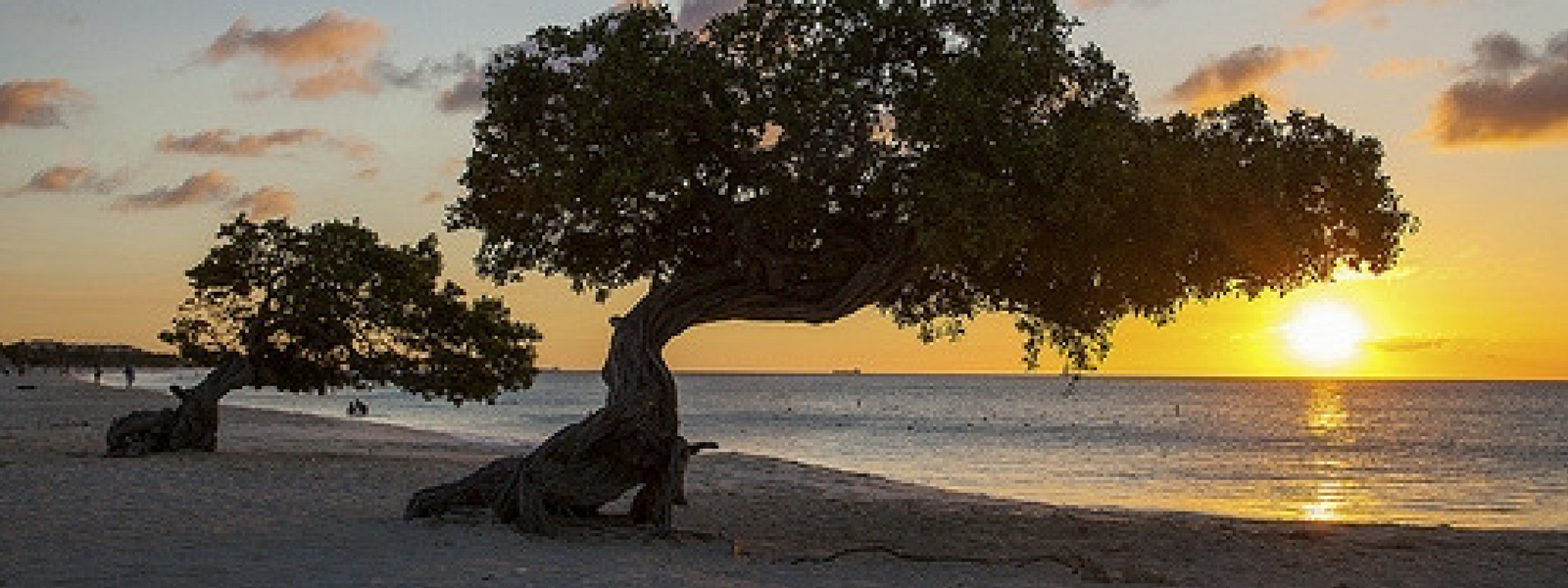
Aruba is well-known for its beaches that are consistently ranked in the top 3 beaches worldwide. What many – including me – often do not know is that Aruba has a lot more to offer. In my opinion, a (half) day trip to Arikok National Park is a must-see on the island.
Visiting the Park, that comprises almost 20% of the island, offers a glimpse in the island’s past with its unique geological, cultural and historical sites and is a great alternative to another day on the beach (even though that never gets old).
The name of Arikok National Park might sound funny. Actually, it is named after Dutchman Ari Kok, who owned a small planation and cunucu (typical Aruba plantation house) on the site.

The best place to enter the Arikok National Park is through the San Fuego Entrance. Here you can pick up a map of the park and buy an entrance ticket at $11 per person for adults. The conservation fee is used for nature conservation, research, education and park maintenance.
Make sure to stop at the Spanish Lagoon on your way to the entrance to see one of the largest natural lagoons in the Caribbean.

There are several routes to follow in the National Park. A gravel road takes you to the Natural Pool, but we recommend to take the Northern Loop as there are many sights and this road is easily accessible with any car (though a 4WD is recommended).
Sites that are not to be missed while you are entering by car are Dos Playa, Boca Prins, Fontein and Quadirikiri Cave.
On your way to Dos Playa on the Northern Loop you can enjoy the beautiful scenery, stop at a hilltop and see an old plantation from a distance.
Dos Playa is the most important sea turtle nesting site on the island. You probably won’t get to see any turtles but you will most likely spot a few of the many sand crabs and the beach in itself is a nice and calm spot.

After a visit to Dos Playa you can stop by Boca Prins. This narrow bay lies at the end of the Rooi Prins, the creek where the first gold was found that started the gold rush in Aruba.
You can walk into an open “cave” area where the sea water breakers through. In there you will get to see beautiful rock formations that are colored by the see water in purple, green and blue.
A big eye-opener for me was the vast amount of plastic waste that was flushed onto the beach by the sea. Make sure not to litter while in the park.

The lasts stops on the way out are two limestone caves: the Fontein and Quadirikiri Cave. Both are stunning archaeological sites.
The Fontein cave hosts many ancient drawings dating back up to 1000 (!) years while the Quadirikiri Cave is special for its two large chambers that have a hole in the roof. This lets in light beautifully, but is also a way for the many bats that inhabit the cave to exit at dusk to forage.

After your last stop you have seen many of the highlights of the Arikok National Park. Now you can exit via de Vader Piet entrance where you will pass by a row of windmills providing green energy on the island.
After a (half) day in the park you can continue your day in San Nicolas, Baby Beach or drive back for the sunset on the beach. Make also sure not to miss a visit to the Natural Pool.
All in all, a quite different experience from a day at the beach, and therefore definitely worth the visit.

Sander & Femmie, Amsterdam NL
May 2018

